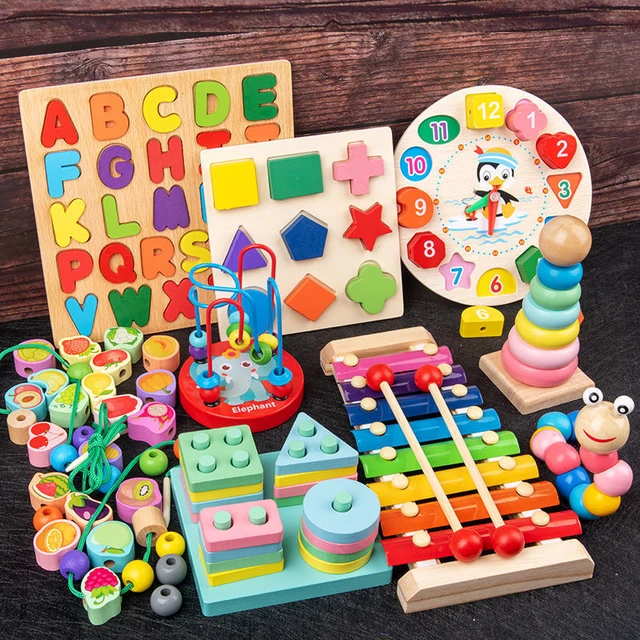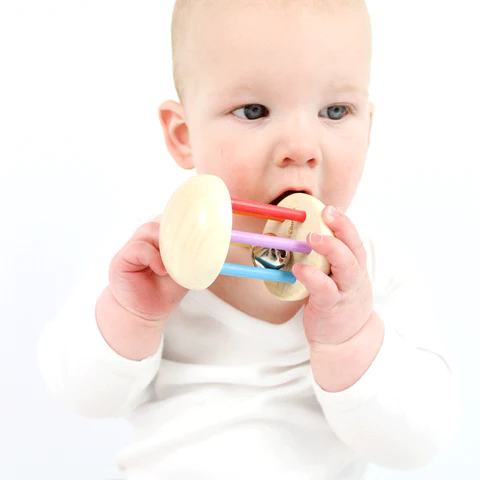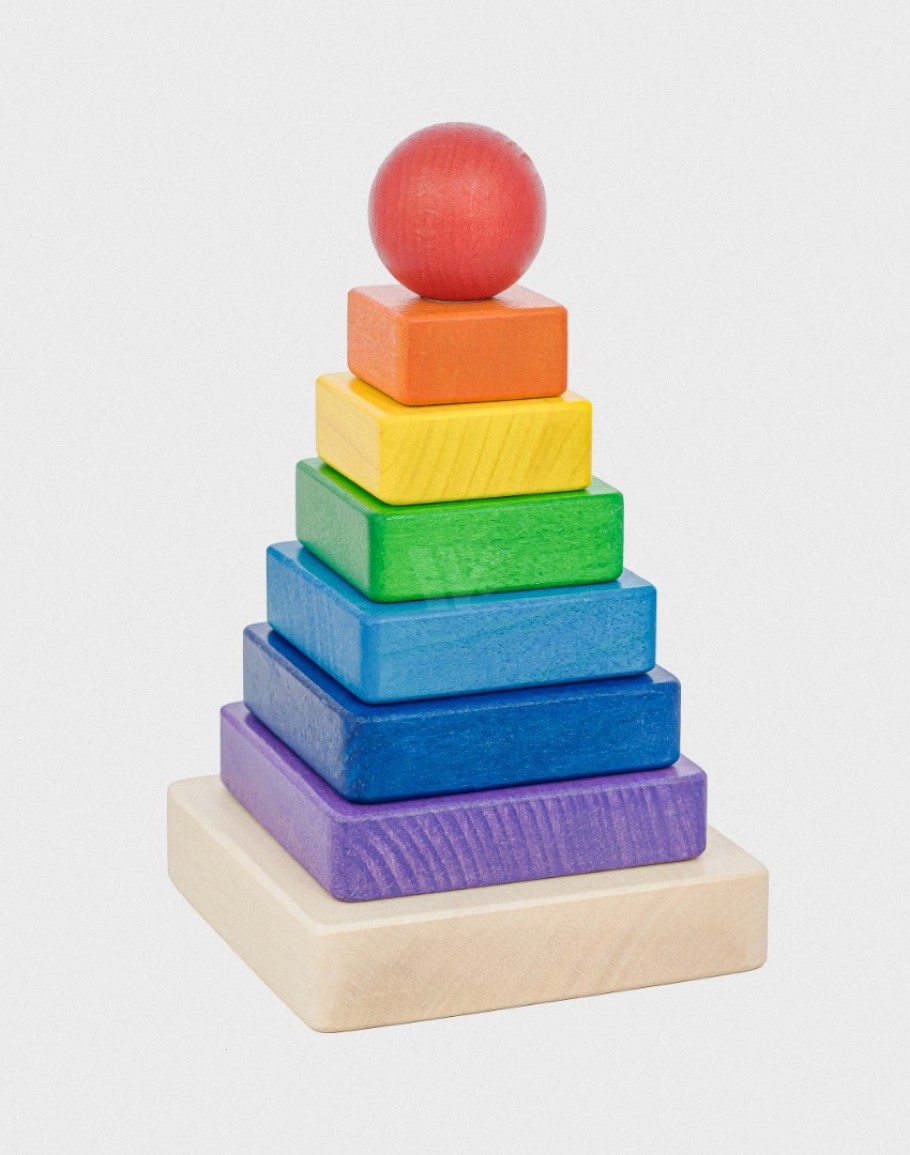How to Clean Wooden Toys: Keeping the Fun Natural
Wooden toys are a timeless classic, offering endless hours of imaginative play for children. But unlike plastic toys, wood requires special care to maintain its beauty and longevity. However, cleaning wooden toys doesn’t need to be complicated. With a few simple techniques and natural cleaning solutions, you can keep your child’s wooden treasures sparkling clean and safe for years to come.
The Everyday Clean: Dust and Spot Cleaning
The beauty of wooden toys lies in their natural materials and ability to spark imaginative play. However, unlike plastic counterparts, they require a slightly different approach to cleaning. The good news? A simple everyday cleaning routine can keep your child’s wooden treasures looking their best, ensuring hours of safe and enjoyable playtime.
Here’s a closer look at the essential steps involved in the everyday clean:
-
The Power of Dusting: It all starts with prevention. Regularly dusting your wooden toys removes surface dirt and dust before it accumulates. A soft, dry cloth or a microfiber duster works wonders. For a more thorough clean, especially in nooks and crannies, consider using a clean paintbrush with soft bristles. Gently sweep away any dust particles without applying too much pressure.
-
Swift Spill Response: Spills are inevitable, especially with little ones around. However, quick action can prevent lasting damage. The key is to blot, not scrub. Grab a clean, absorbent cloth (microfiber cloths are excellent for this) and gently blot up the spilled liquid. Avoid scrubbing, as this can spread the liquid further and potentially damage the wood’s finish.
-
Conquering Sticky Situations: Food residue, sticky fingerprints – these are all part of playtime with wooden toys. Don’t fret! A damp cloth with a gentle solution can tackle these sticky messes effectively. Here’s how:
- Mix a small amount of fragrance-free dish soap with warm water in a bowl. Opt for a gentle, natural dish soap to avoid harsh chemicals on your child’s toys.
- Dip your clean cloth into the solution and wring it out thoroughly. Remember, the cloth should be damp, not soaking wet. Excess moisture can damage the wood.
- Wipe down the affected area of the toy with the damp cloth. Focus on removing the sticky residue without scrubbing.
- Once clean, use a clean, dry cloth to wipe away any remaining moisture.
- Allow the toy to air dry completely before returning it to the play area.
The Deep Clean: For When Things Get Messy
While everyday cleaning keeps dust and minor messes at bay, wooden toys sometimes require a deeper clean, especially after heavy use or exposure to sticky substances. Here, we explore two effective methods that utilize natural cleaning products to restore your wooden toys’ shine and hygiene:
1. The Vinegar Solution: A Natural Disinfectant
Vinegar is a champion when it comes to natural cleaning solutions. Its mild acidity makes it perfect for tackling grime and even light mold growth on wooden toys, without resorting to harsh chemicals. Here’s how to harness the power of vinegar for a deep clean:
- Mix it Up: In a bowl, combine equal parts white vinegar and warm water. This diluted solution is effective for cleaning wooden toys without damaging the finish.
- Dampen, Don’t Drench: Dip a clean cloth (microfiber or cotton) into the vinegar solution and wring it out thoroughly. It’s crucial to remove excess liquid. The cloth should be damp, not soaking wet, to avoid saturating the wood.
- Wipe with Care: Gently wipe down the entire toy with the damp cloth, paying close attention to any crevices or areas with accumulated grime. The vinegar solution will help loosen dirt and grime, making it easier to remove.
- Rinse and Repeat (Optional): For heavily soiled toys, you might consider rinsing the cloth frequently in clean water to prevent spreading dirt back onto the toy. Repeat the wiping process as needed until the toy appears clean.
- Air Drying is Key: Once cleaning is complete, allow the toy to air dry completely before returning it to the play area. Placing the toy in a well-ventilated spot with good air circulation will speed up the drying process.
2. The Olive Oil Polish (For Appropriate Toys): Conditioning and Shine
This method is particularly suitable for untreated wooden toys or those with a natural oil finish. Olive oil acts as a gentle wood conditioner, restoring shine and protecting the wood’s natural beauty. Here’s how to use it effectively:
- A Little Goes a Long Way: Pour a small amount of olive oil onto a clean, soft cloth. A few drops are sufficient! Using too much oil can leave the toy greasy.
- Buffing Up the Shine: Gently buff the wooden toy with the oiled cloth in a circular motion. This will help distribute the oil evenly and restore the wood’s natural luster.
- Less is More: Remember, the goal is to condition the wood, not leave it oily. Once the toy appears shiny and well-conditioned, wipe away any excess oil with a clean, dry cloth.
- Air Drying is Essential: Just like with the vinegar solution, allow the toy to air dry completely before playtime. Excess oil can attract dust and make the toy feel sticky.
Important Note: It’s crucial to remember that the olive oil polish is not suitable for all wooden toys. Avoid using this method on painted or varnished toys, as the oil can damage the finish. If unsure about the toy’s material or finish, opt for the vinegar solution instead.
Preventing Future Messes
A little prevention goes a long way in keeping wooden toys clean. Here are some tips:
- Store toys properly. Keep wooden toys in a cool, dry place away from direct sunlight and heat sources. Extreme temperatures can warp or crack the wood.
- Discourage food and drinks in play areas. Confine eating and drinking to designated areas to minimize spills on wooden toys.
- Teach good toy care habits. Encourage your child to handle their wooden toys with care and to clean up spills promptly.
When to Replace Wooden Toys
Even with proper care, wooden toys can wear down over time. Here are some signs it might be time to replace a wooden toy:
- Cracks or splinters: These pose a safety hazard for children. Discard any toy with cracks or splinters.
- Faded or peeling paint: If the paint is chipping or peeling, the toy might not be safe for children anymore.
- Loose or broken parts: Broken or loose parts can be choking hazards. Discard any toy with these issues.
Conclusion
Wooden toys are a wonderful investment in your child’s development and imagination. By following these simple cleaning and care tips, you can ensure your child’s wooden treasures remain safe, clean, and beautiful for years to come. Remember, a little effort goes a long way in keeping playtime fun and natural.
